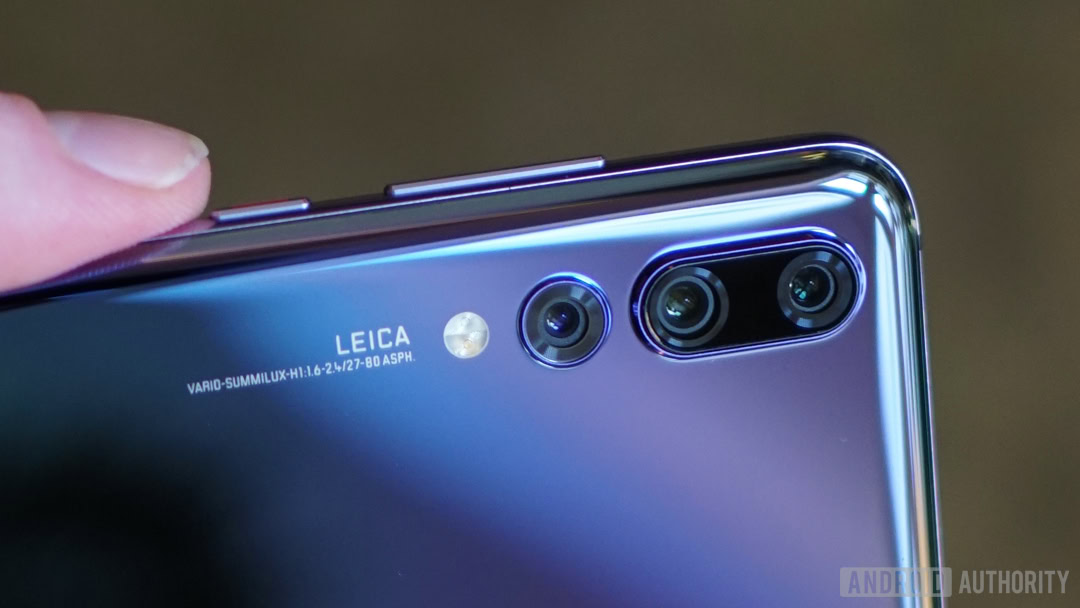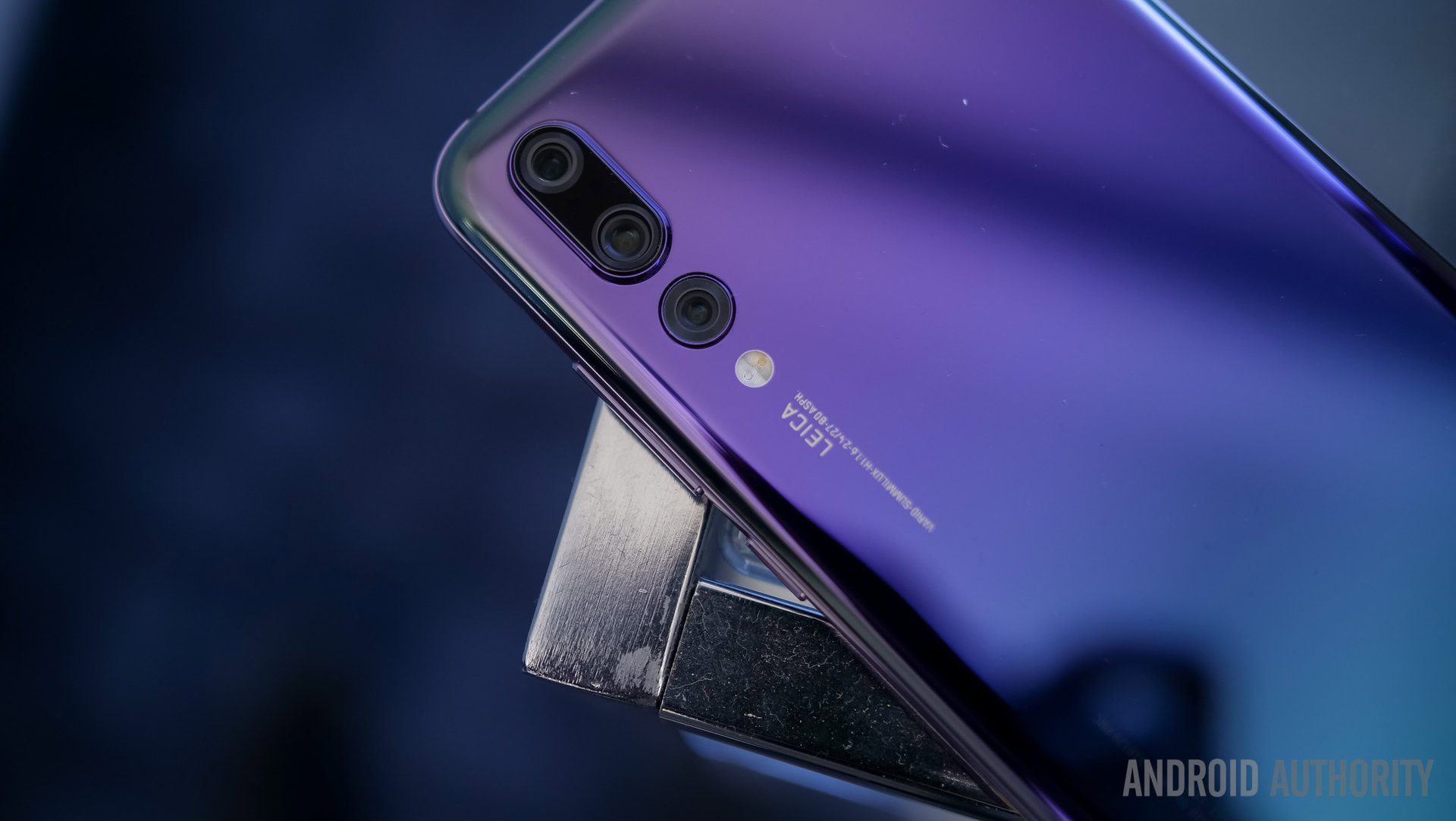Affiliate links on Android Authority may earn us a commission. Learn more.
Exclusive: An afternoon with the HUAWEI P20 Pro camera

The HUAWEI P20 Pro features the world’s first triple camera on a smartphone. From the headline 40MP shooter, to three cameras, an AI-assisted camera experience, and features such as hybrid zoom, the HUAWEI P20 Pro camera promises to offer a lot of features. The real question is whether or not it delivers.
Read Next: HUAWEI P20 Pro vs Samsung Galaxy S9 Plus: All the camera features you could want

We spent an hour with the camera last week and took it for a spin around Yerba Buena Gardens and Chinatown in San Francisco. Is this the next step in the evolution of smartphone cameras? Is an auto-switching AI-assisted camera really the future? Here’s what we found.
Further reading:
Check out the pictures in full resolution by clicking the button below:
Triple the cameras, triple the fun?

We’ve seen a 40MP camera on a smartphone before (remember the Nokia 808 PureView?), but this is the first time we’ve seen one on an Android phone. The 40MP primary camera is backed up by a 20MP monochrome sensor and the 8MP telephoto lens.
The main camera is actually set to 10MP by default, as the P20 Pro combines four pixels into one larger pixel. The larger pixel has a pixel size of 2-micron meters, which is meant to offer much better low-light photos. In our testing, the low-light pictures left a little to be desired. That said, we couldn’t test it in true low-light conditions, so we’ll update this article with more details after we spend more time with the device.
See Mooore
The tagline for today’s HUAWEI event was “See Mooore“, and it’s apparent why when looking at one of the new features, dubbed hybrid zoom. The P20 Pro comes with two different zoom modes — there’s 3X optical zoom as well as 5X hybrid zoom. The optical zoom isn’t new to smartphones and leaves us wanting a little more, with images often blown out and a little blurry. This may be down to the beta nature of the software, but we’d certainly hope this is resolved in the final software.
The Hybrid Zoom is another matter. Hybrid zoom works by combining the detail of the large camera with the Optical Zoom to achieve the hybrid zoom effect. The result is the ability to clearly see details that don’t even show up with the optical zoom, and while it’s not lossless like HUAWEI claims, it’s certainly impressive nonetheless.
Hardware or AI – what’s the best stabilization?
The HUAWEI P20 Pro camera also sees the launch of a new type of stabilization – AIS (AI Assisted Stabilization). HUAWEI claims that AI stabilization is better than a hardware-based solution, such as Optical Image Stabilization. The company showed off a comparison of video recorded on the P20 Pro and the Galaxy Note 8, with the latter visibly shakier. In actual usage, we found the P20 Pro AIS to deliver stable video although some of the videos had some jerky movements. We’ll test this in the full review.
The AI assisted stabilization delivers another benefit than just video recording — handheld long exposure. One of the biggest issues facing smartphone cameras is being able to take long exposure shots without the need for a tripod and the P20 Pro takes a huge step towards removing the need for a tripod.
In our indoor lowlight testing, we found that long exposure works extremely well using the AIS. Not only this, but the four-second long exposure makes a marked difference to the overall pictures captured. Let’s take this example of a church — the regular photo is ok, but the long exposure shot is much better.
Do you need AI in the camera?
HUAWEI has been talking about AI since the launch of the Kirin 970 last year, but the company hasn’t really delivered a true AI experience. With the P20 Pro, HUAWEI is betting a lot of the camera experience on AI, with the AIS joined by auto-detection of the scene and AI-assisted composition. We couldn’t test the latter feature, but the auto-detection of the scene provided a unique and exciting experience.
Point the HUAWEI P20 Pro camera at a subject and, after a sub-second pause, the AI detects the subject and switches to one of the 19 preset scenes. The Mate 10 Pro offered most of these scenes but new to P20 Pro are the dog, cat and waterfall scenes as well as a few others. Here’s the P20 Pro capturing a dog:
During our time with it, we found the auto switching to be impressive, in that it always detected the right scene. The only issue we found is that with scenes such as a waterfall, the phone wanted to capture a long exposure which resulted in a blurry photo. Yet, using the standard capture mode resulted in a much better photo.
Is the P20 Pro the ultimate smartphone camera?
The HUAWEI P20 Pro camera brings a lot of new features and unfortunately we couldn’t to test all of them in the hour window we had with the handset. However, our time with the P20 Pro did suggest that HUAWEI’s new smartphone delivers an interesting camera experience, even if it still could use some extra polish. Hopefully the experience will be even better when the phone ships to consumers.
The overall photo quality is impressive, while not being revolutionary. Industry busting features such as 5X hybrid zoom, a max ISO of 102400, AI-assisted stabilization, and the 40MP camera all add to the allure of HUAWEI’s new triple camera smartphone.
Does it set a new standard for smartphone cameras? That remains to be seen and we’ll only know for sure after our full review. In the meantime, we’ve got a lot more on the new P20 Pro for you so check out the links below and stay tuned as we’ll be updating this post with our impressions of the P20 Pro in low light in just a few hours!